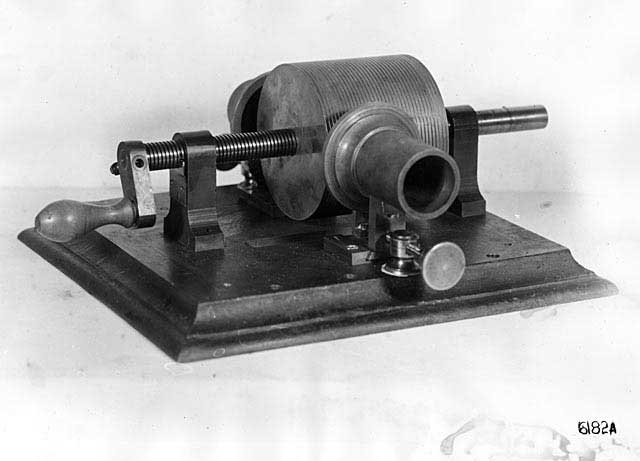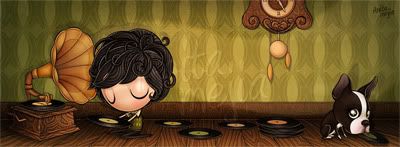This Day in World History
December 6, 1877
Edison demonstrates the phonograph
While he cranked the handle on the device, inventor Thomas Edison watched the faces of the editors from the journal Scientific American. He was in the magazine’s offices to demonstrate one of his newest inventions. As he cranked, indentations made on a tinfoil cylinder sent signals to a diaphragm, and the editors heard the machine ask after their health. Astonished, they heard the device then say it was fine and bid them good night. “There can be no doubt,” editor Alfred Beach later wrote, “that the inflections are those of nothing else than the human voice.” The phonograph was born.
Edison had long been interested in recording information and playing it back later—his interest started back when he was working primarily on inventions related to telegraphy. By 1887, he had enjoyed enough success to create a laboratory dedicated to invention in Menlo Park, New Jersey. Edison had a large staff of scientists and technicians, one of whom—Swiss machinist John Kruesi—turned Edison’s sketches for the phonograph into a real device, reportedly in 30 hours. To test it, Edison had shouted a verse of the nursery rhyme “Mary had a little lamb” into the machine. As hoped, his recorded voice could be heard, as clearly as he had spoken.
Excited by the invention, Edison began to promote it vigorously, and the visit to Scientific American was part of his campaign. The journal published Beach’s glowing account of the demonstration on December 22. The inventor wrote an article for the North American Review speculating on the possible uses for the machine that was published the following spring, by which time he had already formed a company to manufacture phonographs. Whenever visitors came to the Menlo Park lab—and Edison encouraged them to come—he made sure to show them the phonograph, which he called his “baby.”
“This Day in World History” is brought to you by USA Higher Education.
You can subscribe to these posts via RSS or receive them by email.









it's just lovely jeN! loving the polka dotted phonograph :) what sweet music. so, when are you going to illustrate a children's book?
hugs, sUz :)
loverly! :-)
Hi Jen!!! I just received my print and I LOVE IT!!! I am going to put it on my inspiration bulletin board so I can see it! My husband thought it was very cool. And that paper is wonderful and the colors POP! What kind of paper do you use that gives you this fabulous print!? Thanks SO much!!! :)
oxox
this is PERFECT......ab-so-lute-ly perfect!!!! and i love the suggestion from sUz.....a children's book is a great idea!!! xox, :))
jennifer is a pleasure for my eyes to see those beautiful pictures that low. since i descovered your blog more every day you amaze me with these wonders you desing
beautiful, beautiful! lov your blog site! so pretty! always, beautiful work u do!
san